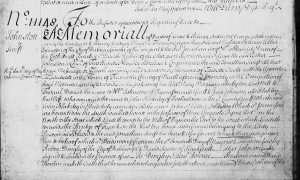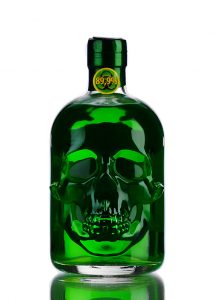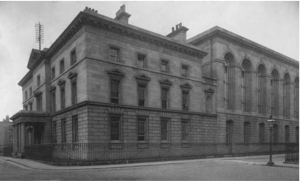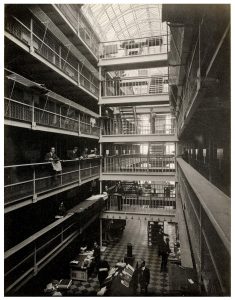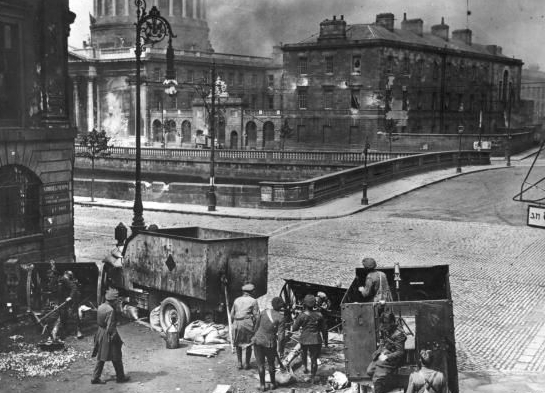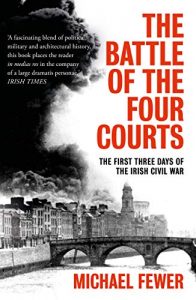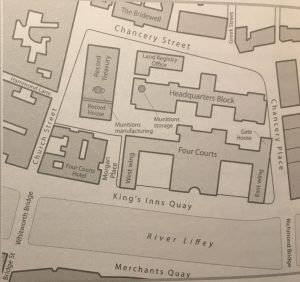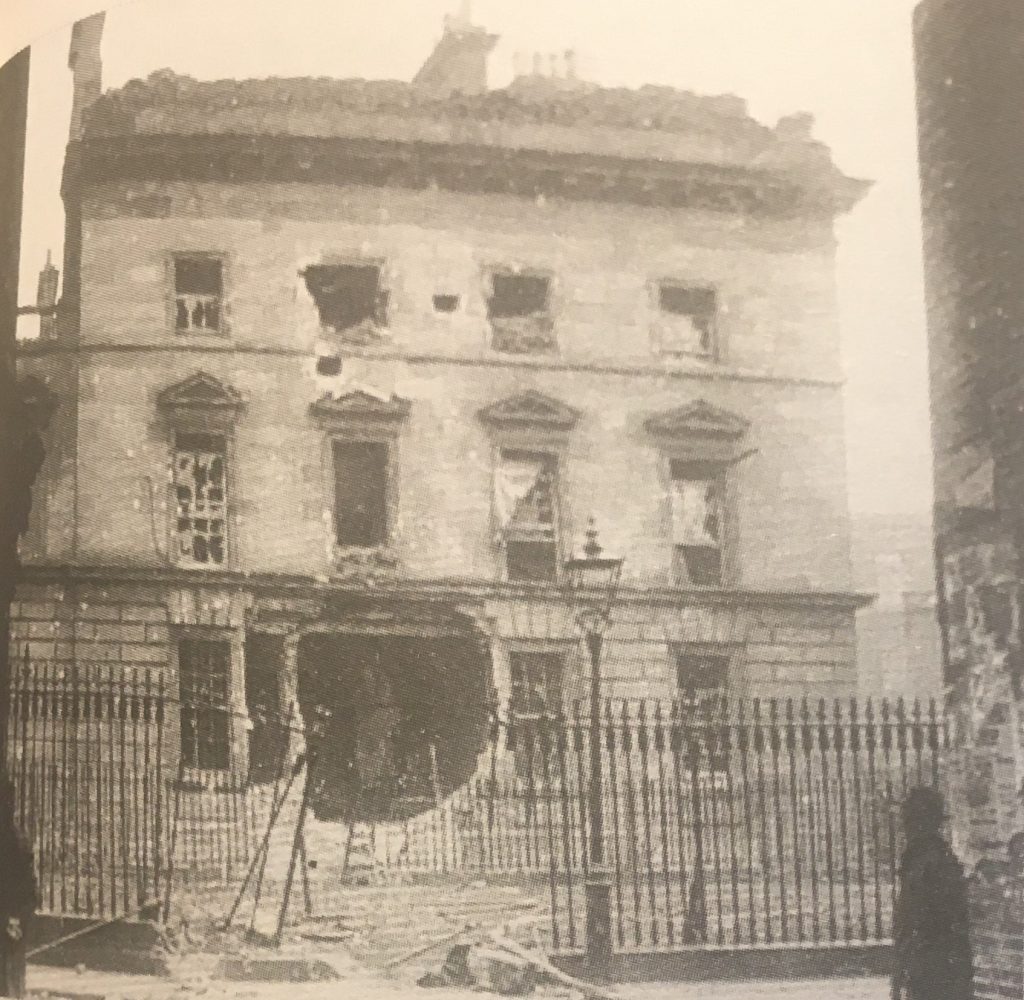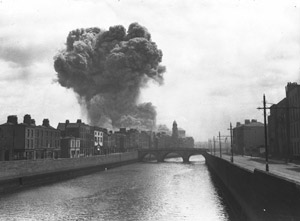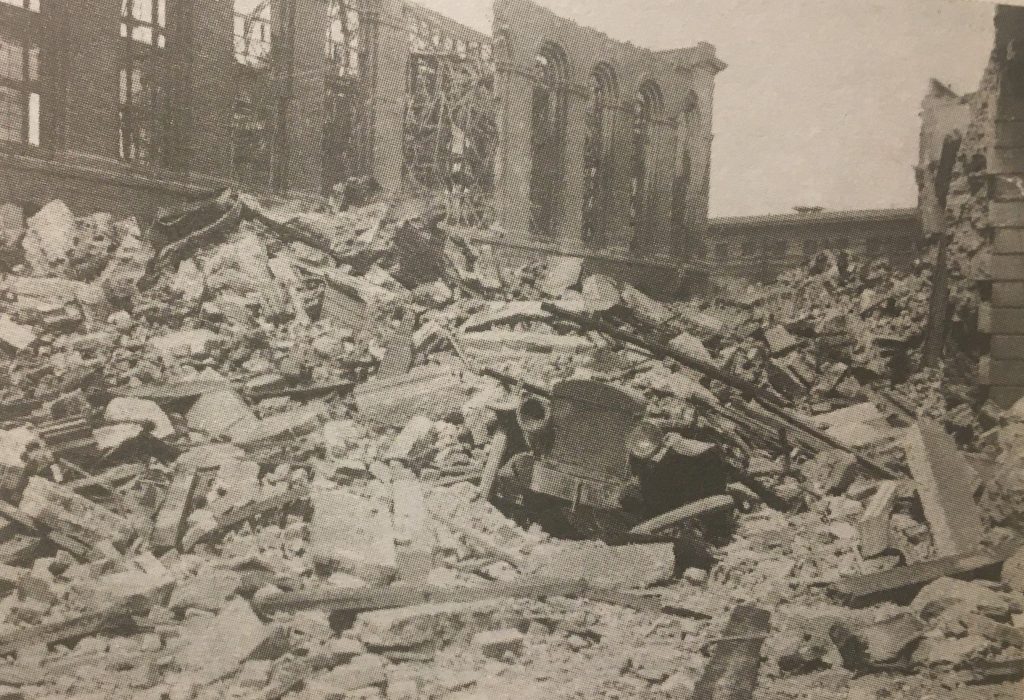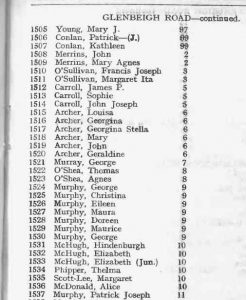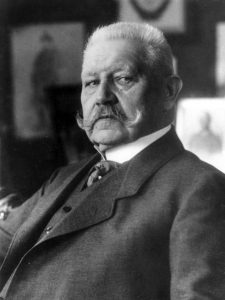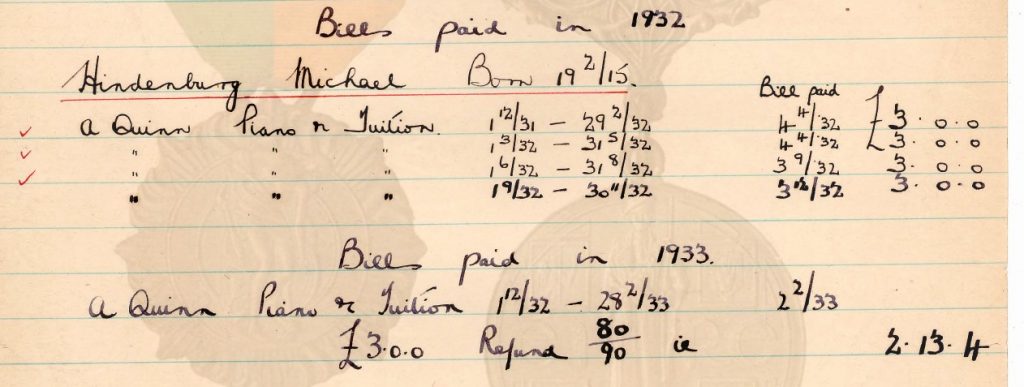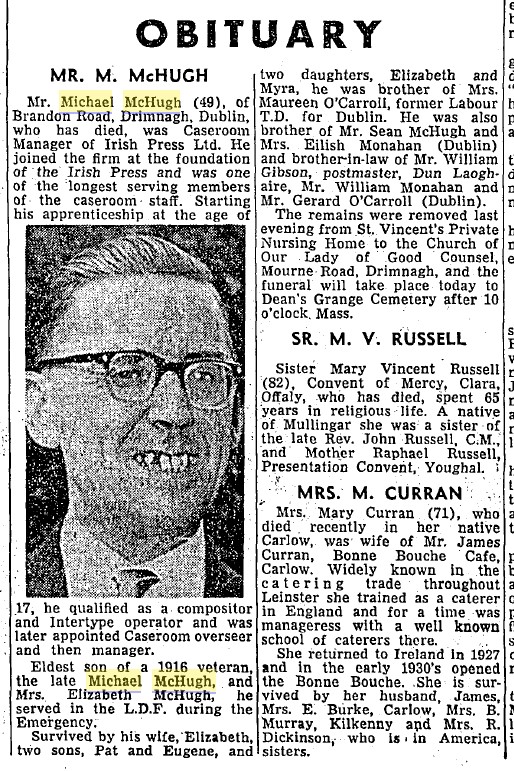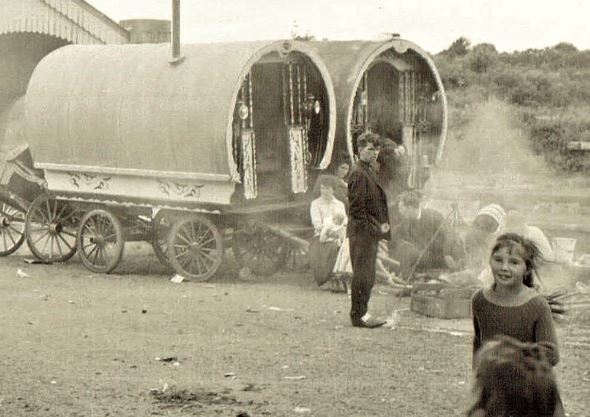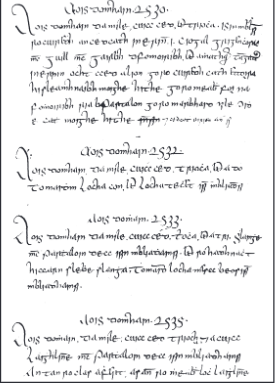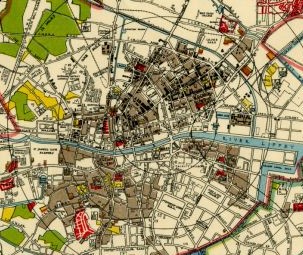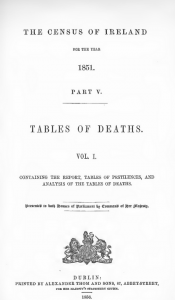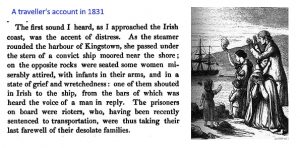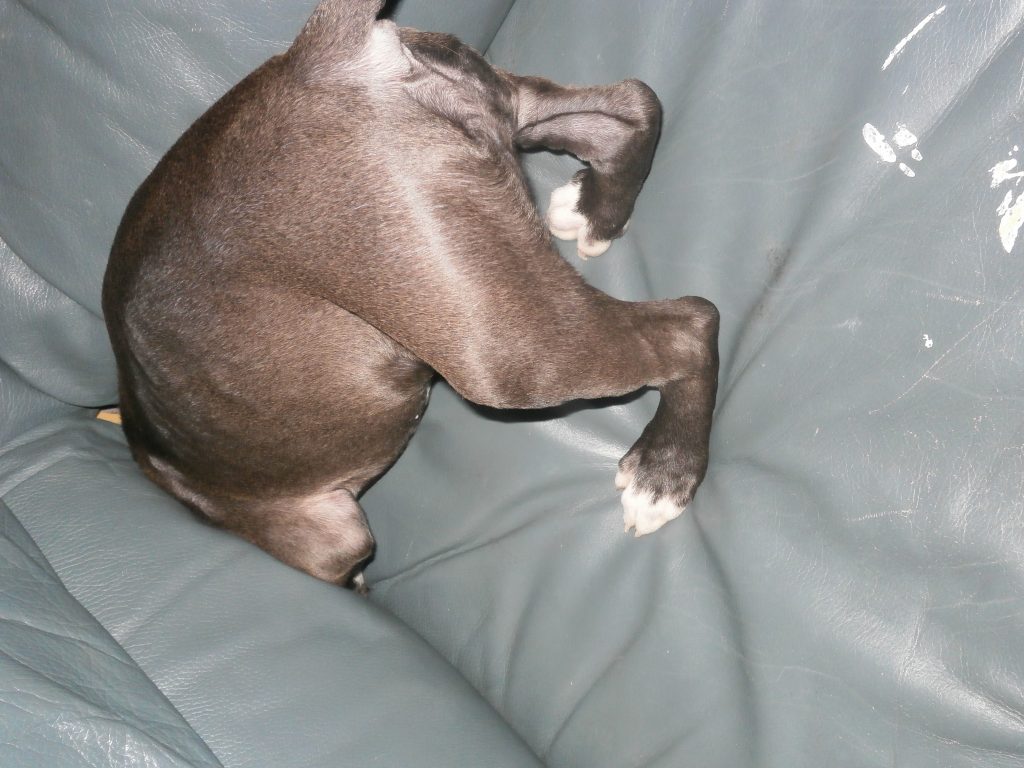I was irritatingly curious as a child, not to say obnoxiously nosy. Even the experience of sticking my five-year-old fingers into a live electricity socket didn’t cure me. So when RootsIreland, the Irish Family History Foundation website, put up transcripts of Catholic registers from west Cork and Kerry, I immediately wondered where they came from. All the other parts of RI are anchored firmly to a local centre, but the Kerry records are just sort of … hanging there. And Mallow, the East Cork centre, is closer to Limerick than to some of the parishes in deepest West Cork now in its catchment area. No IFHF indexing centre exists for the area the records come from.

They’re certainly not transcribed from the National Library of Ireland microfilm site – the end dates go well past the 1880 cut-off used by NLI.
So did they come from IrishGenealogy.ie? The start and finish years do match remarkably well, and that Catherine Mruphy daughter of Denis Nmruphy is there in both transcripts of Allihies. But there are peculiarities. In a simple copy-and-paste job, there shouldn’t be any differences, but there are: In Kenmare, IG has Ellen Mc [sic] on 25 May 1812, while RI has her as Ellen McSweeney.
So they don’t seem to be copied. The one clear thing about all the records is that they’re from the Catholic diocese of Kerry. There was an IFHF transcription centre run by that diocese in Killarney back in the 1990s. When it split from the IFHF, it gave its records to the Dept of Arts, which used them as the basis of … IrishGenealogy.
So is it possible that some early version of the transcripts was still in the possession of the IFHF? That might explain why not all of the IG transcripts are there. The Diocese of Kerry certainly seems unaware of any change.
Teasing aside, a few weeks after the Cork and Kerry transcripts Rootsireland put up a wonderful fresh batch of Church of Ireland and Presbyterian transcripts for Armagh, all apparently based on the PRONI microfilms. Hurray.
And keep in mind: the RI surname variants are different to the IG variants, both infinitely superior to the Ancestry.com and FindMyPast.ie variants and all of them have transcription errors and none of them have the same ones. The more transcripts there are to play with the better. Trust none of them completely but use them all.

